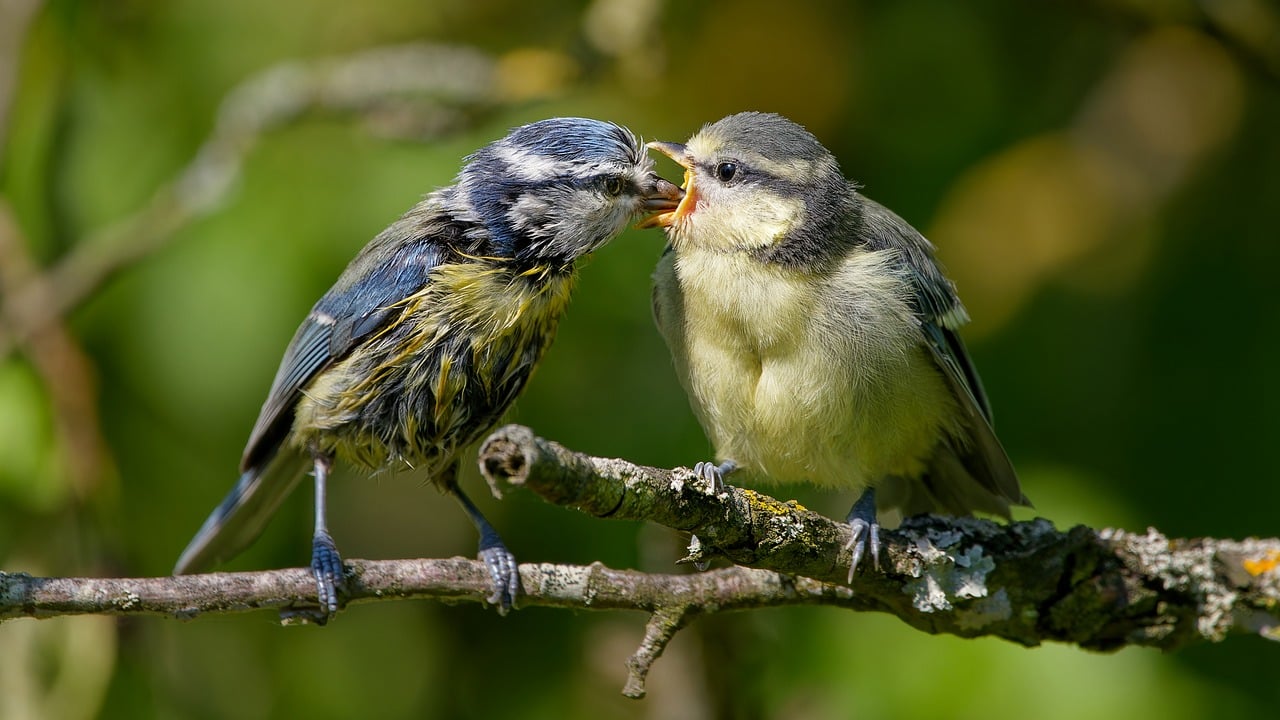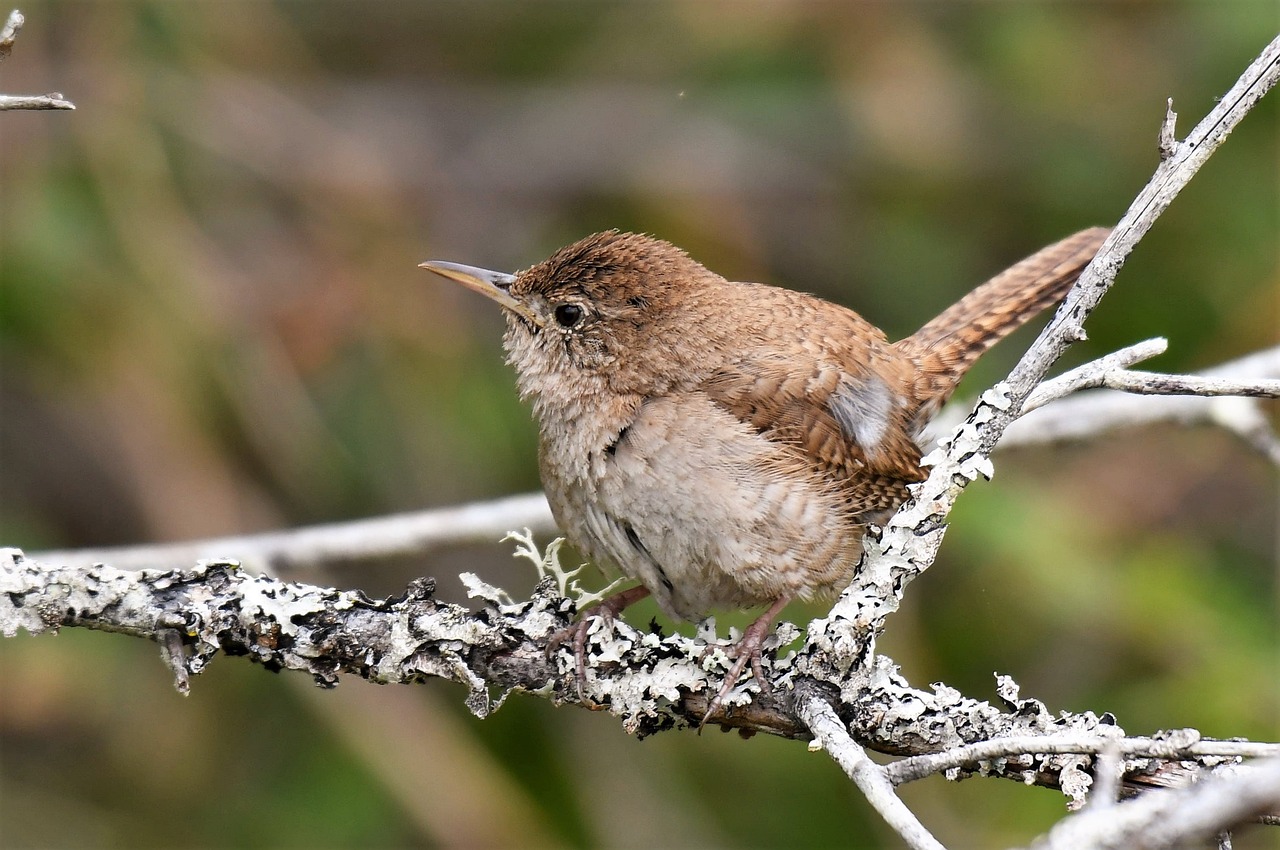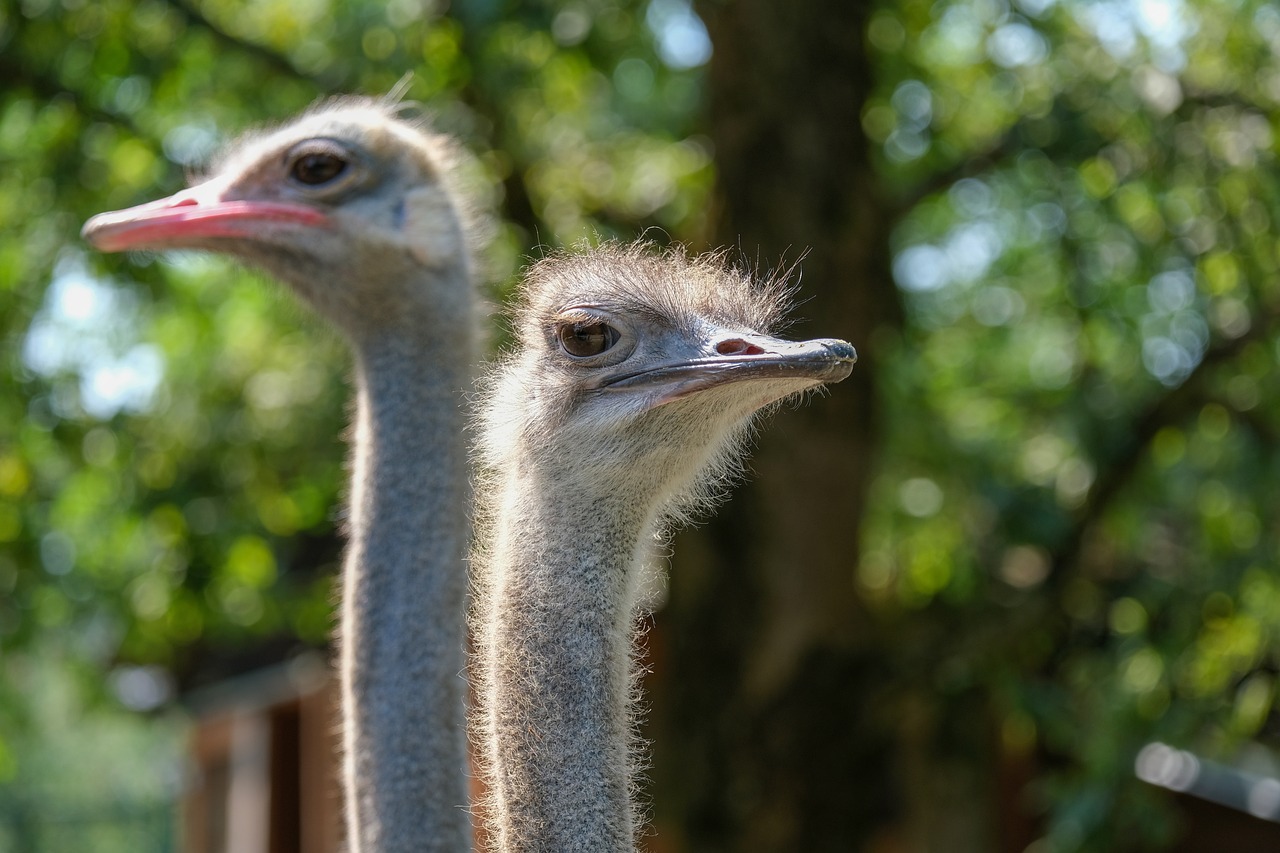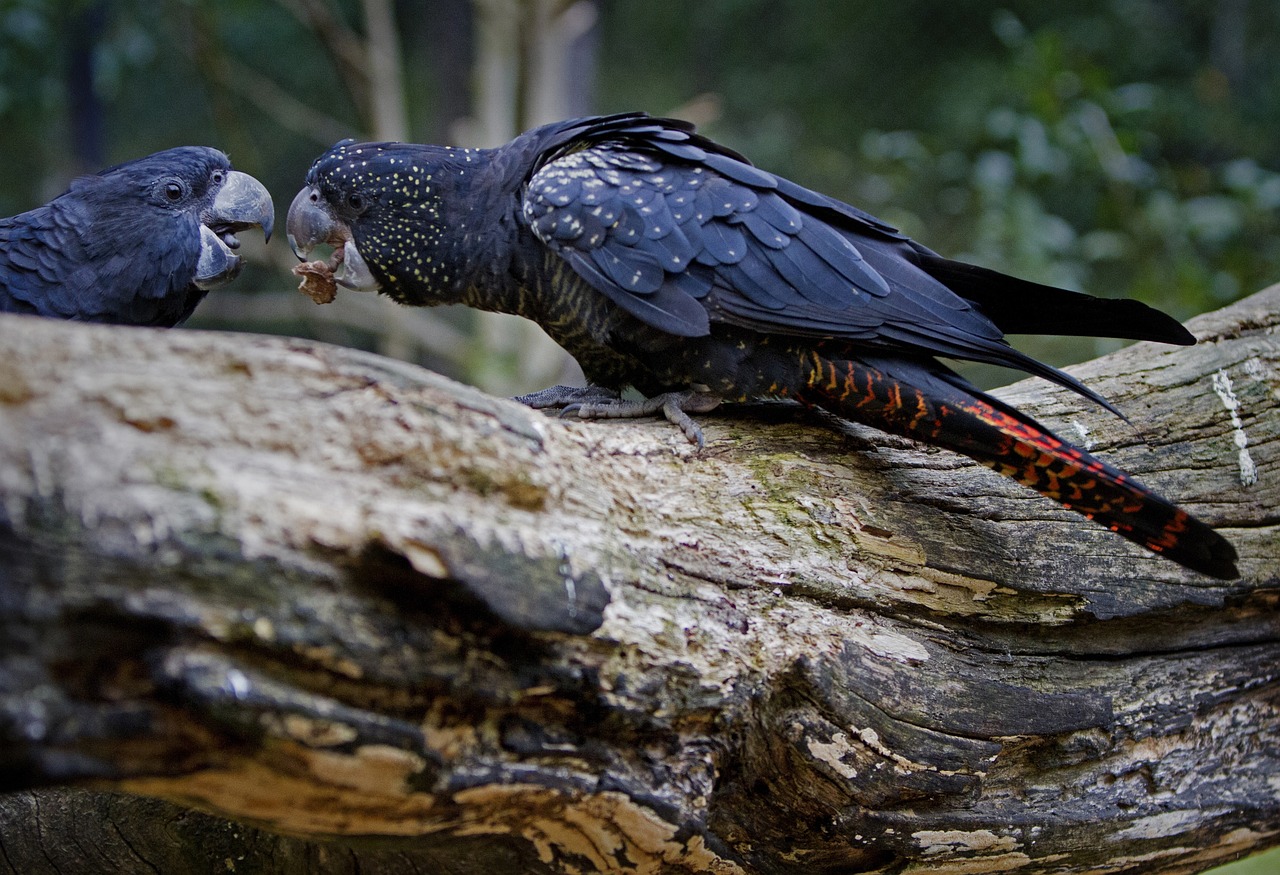Cities are home to many kinds of wild birds. In Central Park in New York City, birdwatchers have counted over 100 species in one day.
The number of birds living in a city depends on its green spaces cemeteries, parks, golf courses, and backyards. When birds need a place to rest or feed they head for the nearest green spot.
This does not mean that you must live next to a park to attract birds. A small perimeter of trees, a patch of lawn, a deck or terrace with planter boxes or even a single windowsill with a flower box will tempt birds to stop.
No matter where you live, the necessary elements for attracting birds are the same; food, water and shelter. Imaginative use of even the smallest place will invite birds. Plant trees, flowers and shrubs in containers and pots on a balcony, patio or in a small yard.
Choose a variety of plantings; an evergreen to provide shelter, berry-bearing, or flowering vines to offer food.
Make your resources do double duty. A planter or windowbox can become a platform feeder in the winter when plants are removed and the soil is smoothed out. Sprinkle the surface with seeds each day. String popcorn and berries to hang on the evergreen.
Fresh water is very important. Transform a large flower pot saucer into a place for birds to drink or take a dip. Wash out and refill the saucer often.
To welcome the many city birds that feed from the ground, place a small amount of seed in a dish or scatter seed in your flower box. If you have a problem with pigeons, we recommend a hanging feeder such as the Duncraft Cling-a-Wing or Satellite. Pigeons cannot land on these feeders.
Keep your feeding area clean. Sweep up spilled seed frequently because this will lessen the likelihood of attracting rodents. You may want to try a “no-waste” seed to eliminate waste seed hulls; in this case, we recommend Duncraft Four-Season “No-Waste” or our Sunflower Heart Chips.




